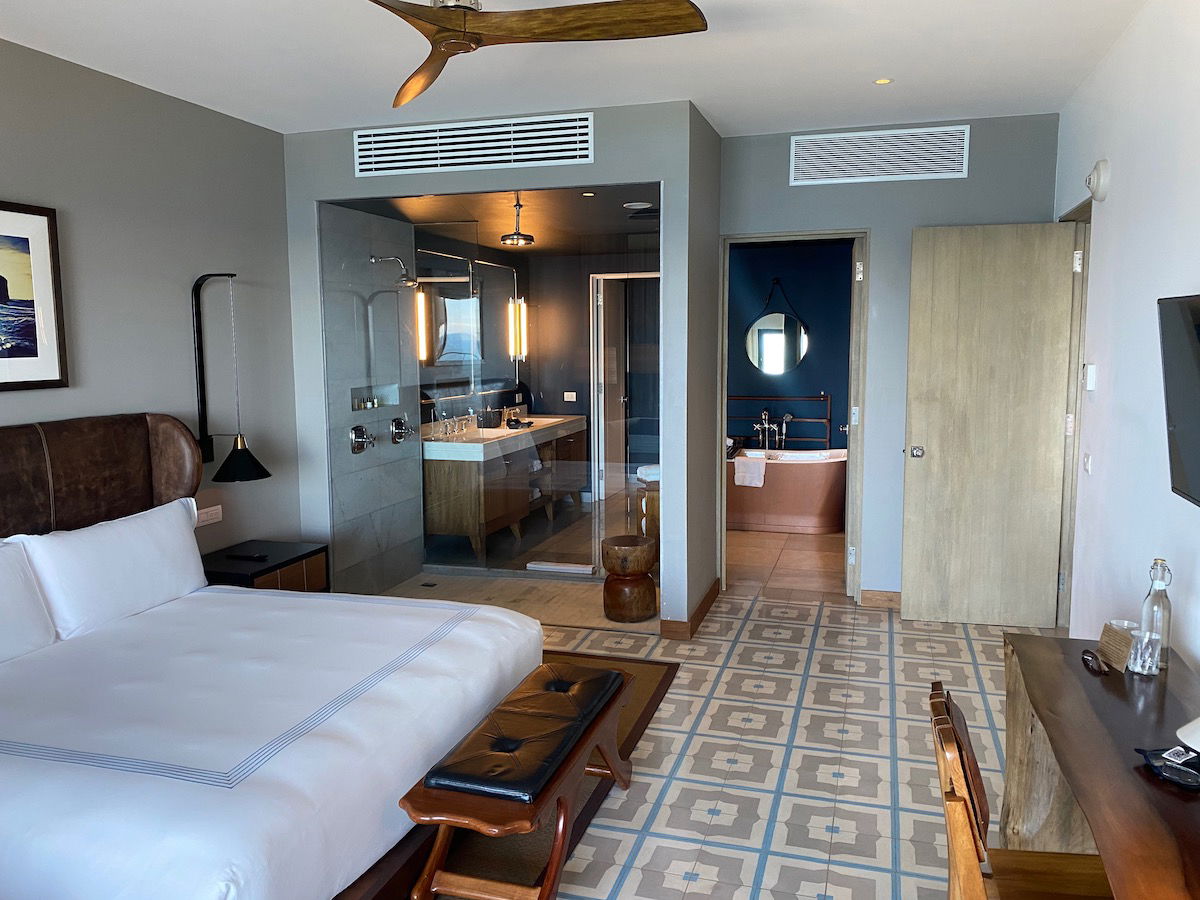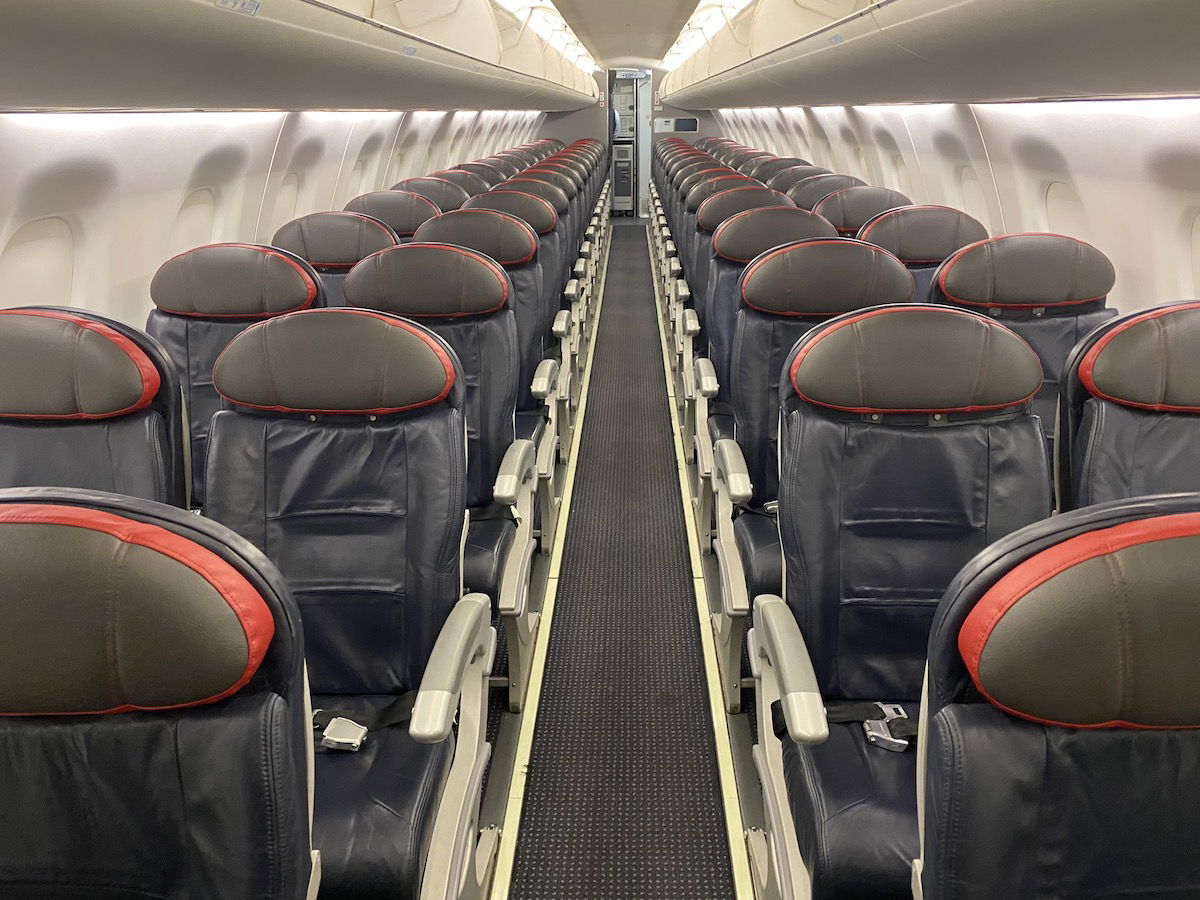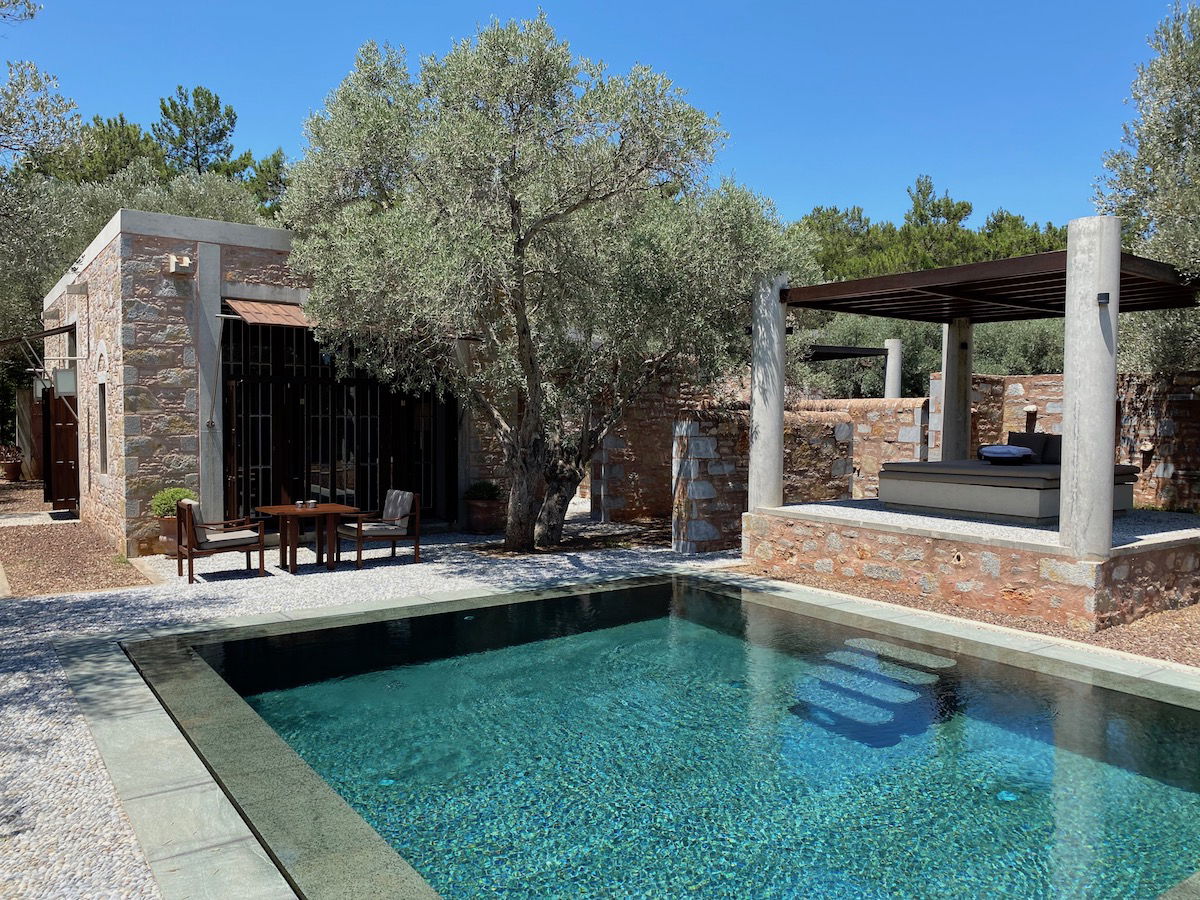Link: Apply now for the Chase Sapphire Preferred® Card or Chase Sapphire Reserve® Card
The Chase Sapphire Preferred® Card and Chase Sapphire Reserve® Card are both compelling travel rewards credit cards. Often, people have a hard time deciding which card makes the most sense, given that they’re both excellent, and you’re generally only eligible for the welcome bonus on one of these two cards.
In this post, I wanted to compare the Sapphire Preferred and Sapphire Reserve. Let’s start by talking about what the two cards have in common, then we’ll talk about the differences, and then we’ll talk about how to decide which card is a better fit for you.
In this post:
What both Chase Sapphire cards have in common
The Chase Sapphire Preferred and Chase Sapphire Reserve have quite a bit in common. Among other things:
- Both cards act as excellent “hub” cards for earning Chase Ultimate Rewards points, and allow you to transfer points at the same rates to the Ultimate Rewards airline and hotel partners
- Both cards have no foreign transaction fees, so are great for purchases abroad
- Both cards offer valuable travel coverage, including for delayed flights, lost bags, and rental cars
- Both cards offer 3x points on dining purchases globally, making them among the best cards for dining spending
- Both cards offer a complimentary DoorDash DashPass for a minimum of 1 year when activated by December 31, 2027, which ordinarily costs $9.99 per month

Advantages of the Chase Sapphire Preferred
There’s a lot to love about the Chase Sapphire Preferred. The card has a $95 annual fee, and offers:
- 3x points on dining, streaming services, and online grocery store purchases (excluding Target, Walmart, and wholesale clubs) and 2x points on travel, plus 5x points on flights booked through the Chase Travel Portal
- 10% anniversary bonus points, calculated by your “base” earning per dollar spent
- A $50 hotel credit every cardmember year, usable through the Chase Travel Portal
- The ability to transfer points 1:1 to Chase Ultimate Rewards airline and hotel partners, or redeem them for 1.25 cents each toward a travel purchase
- A welcome offer of 60,000 bonus points after spending $4,000 within the first three months
So, what makes the Sapphire Preferred better than the Sapphire Reserve? The significantly lower annual fee, the 10% anniversary bonus points, the 3x points on streaming services and online grocery store purchases, and the $50 annual hotel credit.
Read a full review of the Chase Sapphire Preferred.

Advantages of the Chase Sapphire Reserve
There’s a lot to love about the Chase Sapphire Reserve. The card has a $550 annual fee, and offers:
- 3x points on dining and travel, plus 10x points on hotels and car rentals booked through the Chase Travel Portal, and 5x points on flights booked through the Chase Travel Portal
- A $300 annual travel credit, which can be applied toward virtually any purchase
- A Priority Pass membership, offering access to 1,300+ airport lounges around the world, including unlimited access to Chase Sapphire Lounges, as well as access to select Air Canada Lounges when on an eligible ticket
- The ability to transfer points 1:1 to Chase Ultimate Rewards airline and hotel partners, or redeem them for 1.5 cents each toward a travel purchase
- Perks with DoorDash, including a DashPass, plus a $5 monthly DoorDash credit; the credit expires after three months, so you could potentially use $15 worth of credits every three months
- Perks with Lyft, including 10x points on Lyft rides through March 31, 2025, plus a Lyft Pink All Access membership for two years (activate your membership by December 31, 2024)
- The card has a welcome offer of 60,000 bonus points after spending $4,000 within the first three months
What makes the Sapphire Reserve better than the Sapphire Preferred? The card should really only be “costing” you $250 per year (after factoring in the $300 travel credit, which is nearly good as cash).
For that, the major advantages are a Priority Pass membership, 3x points on travel (rather than 2x points on travel with the Sapphire Preferred), the ability to redeem points for 1.5 cents each toward a travel purchase (rather than 1.25 cents each), and the improved temporary perks with DoorDash, and Lyft, which can really add up.
Read a full review of the Chase Sapphire Reserve.

Which Chase Sapphire card is better?
As you can see above, there are pros and cons to both the Chase Sapphire Preferred and Chase Sapphire Reserve. On an ongoing basis, how should you decide which of these two cards makes the most sense for you?
In terms of the long term value, I think for most people the Sapphire Preferred will be the default option, since it has generous benefits and a lower annual fee. After all, people don’t want to pay more in annual fees than they have to. However, there are a few general circumstances under which I think the Sapphire Reserve is better than the Sapphire Preferred in the long run.
Let me note that for mental accounting purposes, I consider the real “cost” difference between the two cards to be around $155 per year. The Sapphire Preferred has a $95 annual fee, while the Sapphire Reserve has a $550 annual fee, but I subtract $300 from that, due to the value of the travel credit.
With that in mind, let me share the seven areas where you can get significantly more value with the Sapphire Reserve than the Sapphire Preferred.
Do you value a Priority Pass membership?
One of the major benefits of the Chase Sapphire Reserve is that it offers a Priority Pass membership. This offers unlimited lounge visits, and you can take two guests into lounges with you at no extra cost.
Nowadays several premium credit cards come with a Priority Pass membership — for those without a membership, this could easily be worth $155+ per year, while for those with a membership, it might not be worth anything.

Do you value Chase Sapphire Lounge access?
In addition to a Priority Pass membership, it’s worth calling out that the Chase Sapphire Reserve specifically offers unlimited access to Chase Sapphire Lounges. So far, the lounge network has locations in Boston (BOS), Hong Kong (HKG), New York (JFK), New York (LGA), and Washington (IAD), with more locations expected to open in the near future.
These lounges are amazing, and feature a la carte dining, a great buffet and drink selection, beautiful decor, and some unique amenities. While all Priority Pass members can access these lounges at least once per year, those with a Priority Pass membership through the Chase Sapphire Reserve get unlimited annual visits, so that’s a major advantage of the card.

Do you value Air Canada Lounge access?
New as of recently, the Chase Sapphire Reserve offers access to select Air Canada Lounges at participating locations. To enter, you simply need to present your eligible credit card, plus a same-day boarding pass for a flight operated by Air Canada or a Star Alliance member airline.

Do you plan to add authorized users?
The decision of whether or not you plan to add authorized users to the card could sway the decision one way or another. The Chase Sapphire Preferred charges no fee for authorized users, while the Chase Sapphire Reserve charges $75 per authorized user.
If you strictly want to add authorized users in order to be rewarded for their spending, then being able to add authorized users at no cost on the Sapphire Preferred is probably a major advantage. However, others may very much value being able to add authorized users on the Sapphire Reserve at the cost of $75 per person.
That’s because authorized users receive great perks, including all the lounge access benefits, from the Priority Pass membership, to Chase Sapphire Lounge access, to Air Canada Lounge access.

Do you value 1.5 cent per point redemptions?
Ultimate Rewards points are flexible, and there are several good ways to use them. You can transfer the points to one of the Ultimate Rewards hotel or airline partners, or you can redeem them as cash toward the cost of a travel purchase.
The points earned on both cards have the same value if you’re transferring them to a partner (you can transfer them at a 1:1 ratio), but if you redeem them as cash toward the cost of a travel purchase, the values are different:
- Points earned on the Chase Sapphire Preferred can be redeemed for 1.25 cents each toward the cost of a travel purchase
- Points earned on the Chase Sapphire Reserve can be redeemed for 1.5 cents each toward the cost of a travel purchase
Different people will have different takes here. Personally, I don’t value the ability to redeem points for 1.5 cents each toward travel purchases, because I get way more value transferring Ultimate Rewards points to partners like World of Hyatt. However, others will feel differently.
If you want to put some concrete numbers to this, you could justify the $155 cost difference between the two cards if you redeemed at least 62,000 points per year through the Chase Travel Portal (given the quarter cent difference in redemption value).

Do you spend a lot on travel?
While both cards offer 3x points on dining, the cards otherwise have a different return on travel purchases:
- The Chase Sapphire Preferred earns 2x points on travel purchases
- The Chase Sapphire Reserve earns 3x points on travel purchases
I value Ultimate Rewards points at 1.7 cents each, so to me, that’s a return of either 3.4% or 5.1% in that category. If you would otherwise put a significant amount in travel purchases on the card, then the Sapphire Reserve could be worth it.
To crunch the numbers, about ~$9,100 in annual spending on travel would cause you to break even on the $155 price difference between the two cards. However, only count spending you’d otherwise put on this card, and not your overall travel spending. For example, much of my airfare spending and hotel spending goes on other cards.

Do you value the temporary card perks?
Nowadays, we’ve seen card issuers increasingly introducing temporary perks. This is intended to be a mutually beneficial arrangement, where cardmembers get value-add perks, while other companies get access to a potentially lucrative customer base.
It’s anyone’s guess what these perks will look like years down the road, though at the moment, we’re seeing excellent benefits that can be worth hundreds of dollars per year. For example, the Lyft Pink All Access membership offered with the Chase Sapphire Reserve ordinarily retails for $199 per year. While I might not value it quite that much, I definitely think it’s worth something. The same is true with the DoorDash perks.
Generally speaking, the more premium a card is, the better the temporary perks are, and to me that’s something that makes the math work nicely in favor of the Sapphire Reserve.

Bottom line
Both the Chase Sapphire Preferred and Chase Sapphire Reserve are incredibly compelling cards. While the Sapphire Reserve perhaps gets a bit more attention nowadays, the Sapphire Preferred is incredibly compelling as well.
The major advantages of the Sapphire Reserve are the Priority Pass membership, Chase Sapphire Lounge access, the slightly better rewards structure, the ability to redeem points for 1.5 cents each toward travel purchases, and the temporary perks.
If you have a Chase Sapphire card, do you think the Preferred or Reserve is more valuable nowadays?





Hmmm...That is a surprise as I seem to recall the CSR being dropped left and right and being considered passé after self-anointed "travel gurus" assured the masses that the CSP with "refreshed" benefits was suddenly the more compelling all-around card?
Hmmm...That is a surprise as I seem to recall the CSR being dropped left and right and being considered passé after self-anointed "travel gurus" assured the masses that the CSP with "refreshed" benefits was suddenly the more compelling all-around card?
The additional user fees are the deal killer for the CSR versus the CSP for me. I can't justify spending $225 extra on AU cards for my wife and parents just for emergencies, while the CSP is free.
@Lucky. You’re probably typing it up now, and not for us, but WN red eyes from Hawaii were announced.
Another under appreciated difference is the travel insurance coverage. Sapphire Reserve includes $100k in emergency medical evacuation, while Sapphire preferred does not. Far less significant is the $2500 in emergency medical and dental coverage offered only by the Reserve.
I value the Door Dash credit at $60/year, so the effective cost of the Sapphire Reserve is only $190, which is only $95 more than the cost of the Sapphire Preferred.
The emergency medical evacuation coverage...
Another under appreciated difference is the travel insurance coverage. Sapphire Reserve includes $100k in emergency medical evacuation, while Sapphire preferred does not. Far less significant is the $2500 in emergency medical and dental coverage offered only by the Reserve.
I value the Door Dash credit at $60/year, so the effective cost of the Sapphire Reserve is only $190, which is only $95 more than the cost of the Sapphire Preferred.
The emergency medical evacuation coverage is worth the $95 additional cost to me, even before considering the other benefits of the Reserve (e.g., Dash Pass, higher earning rate on travel, etc.).